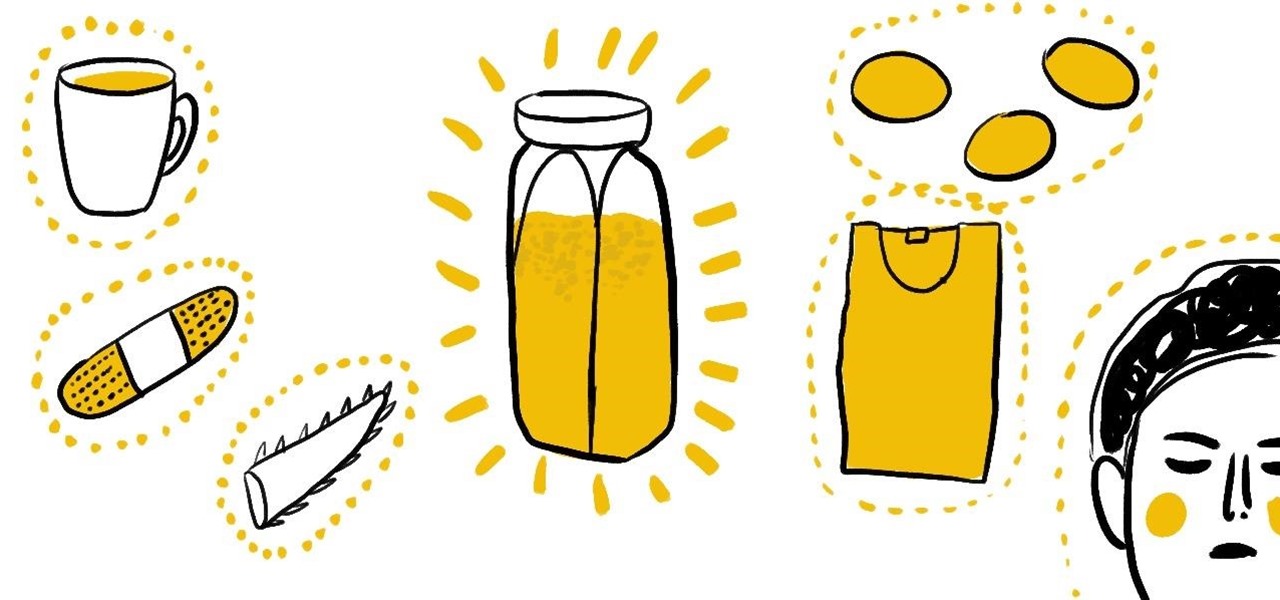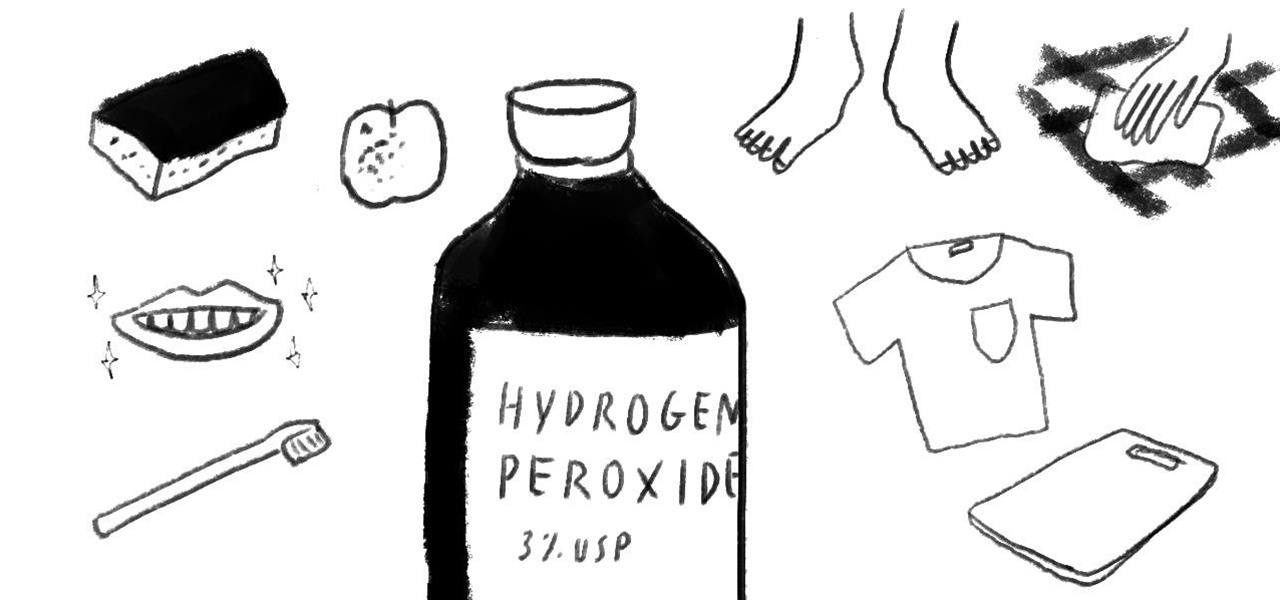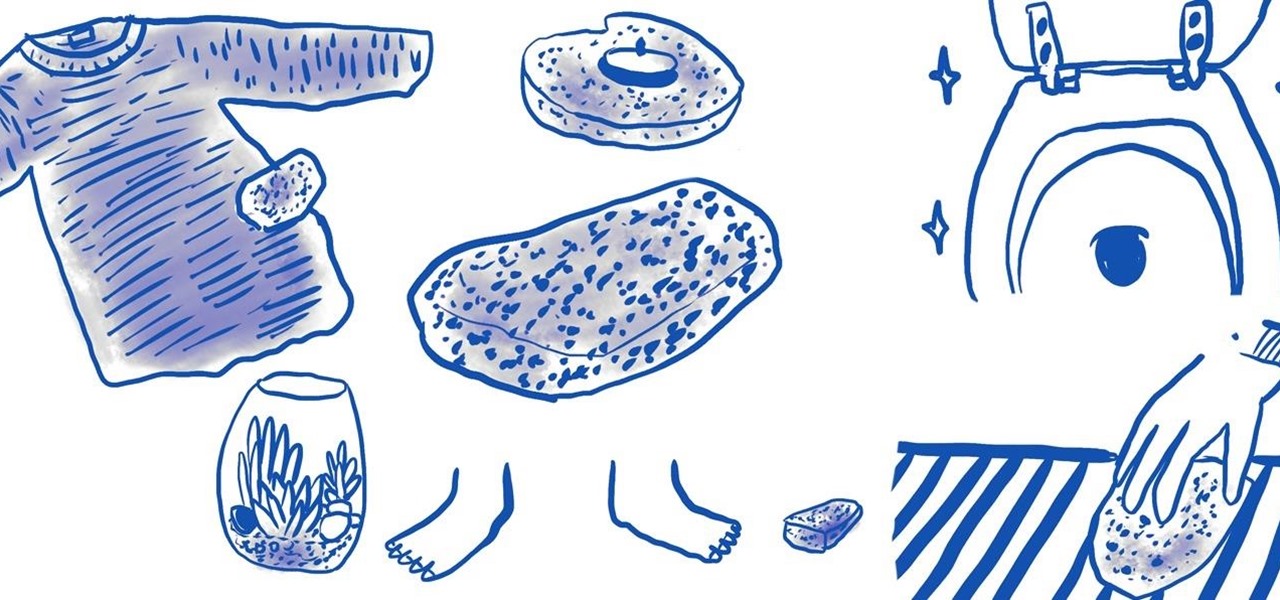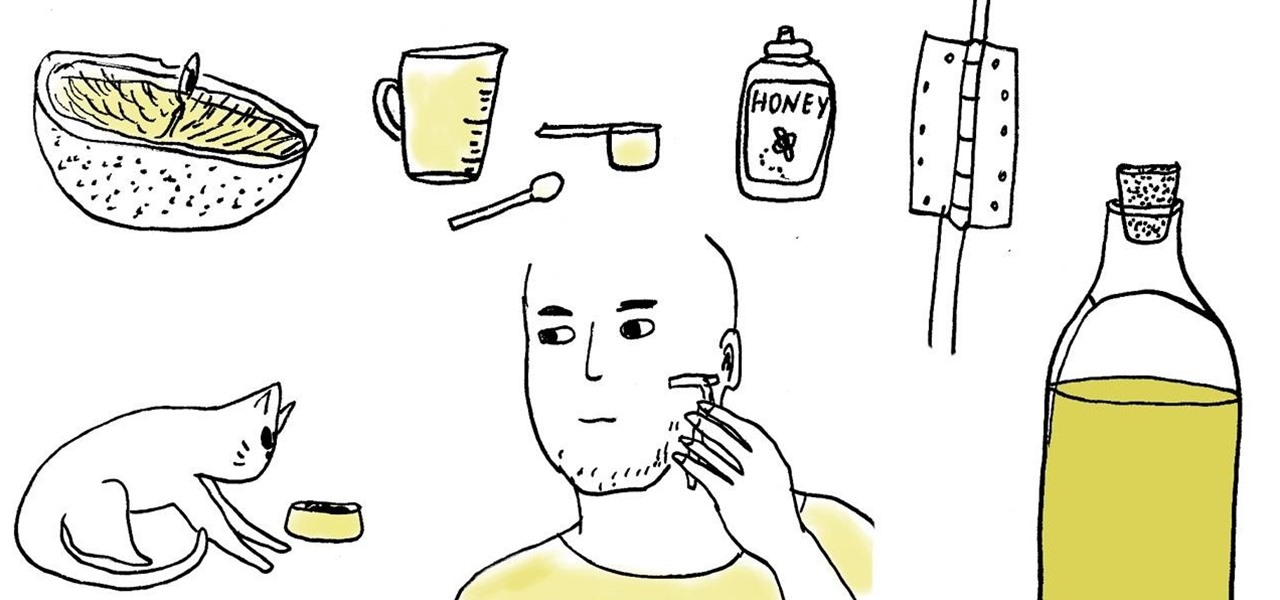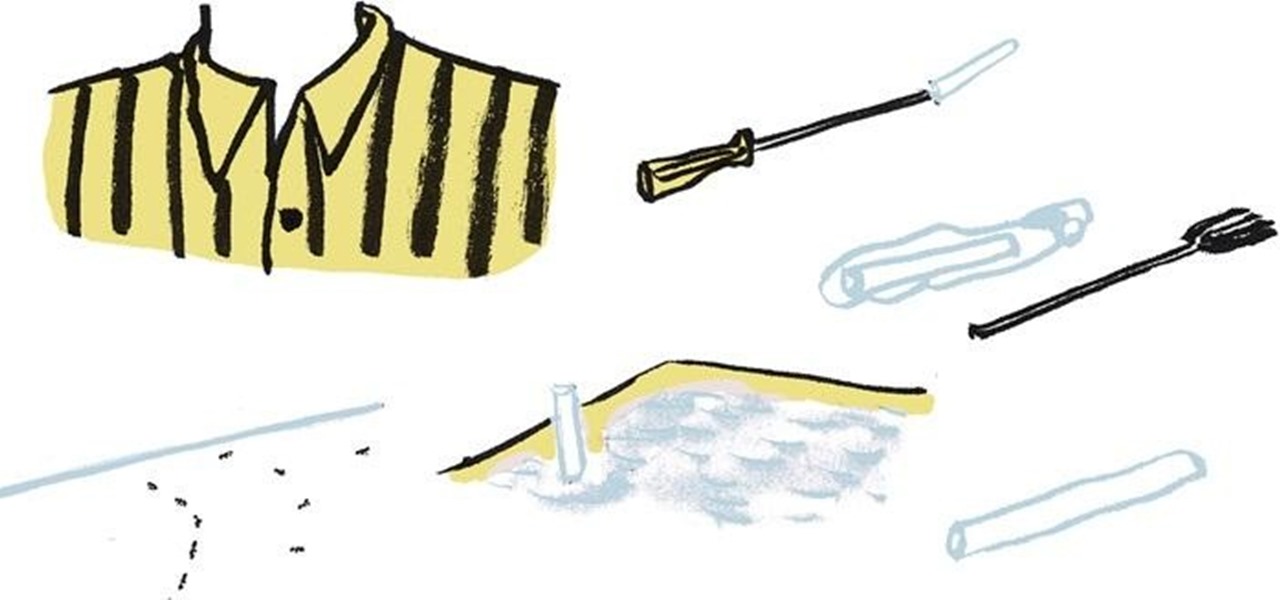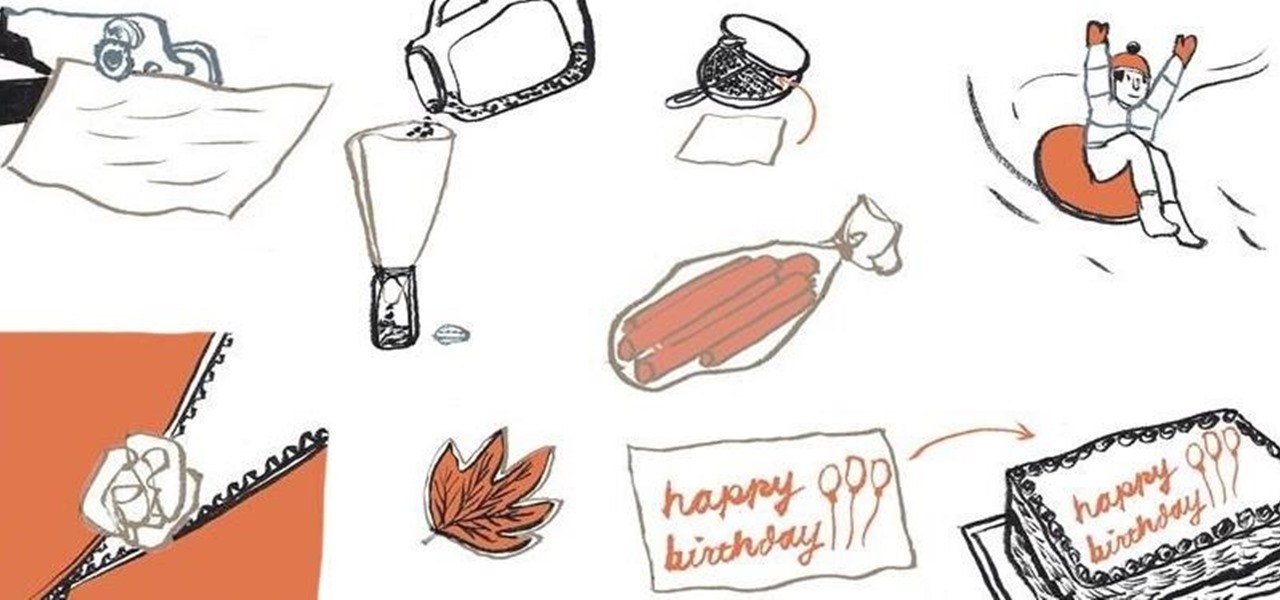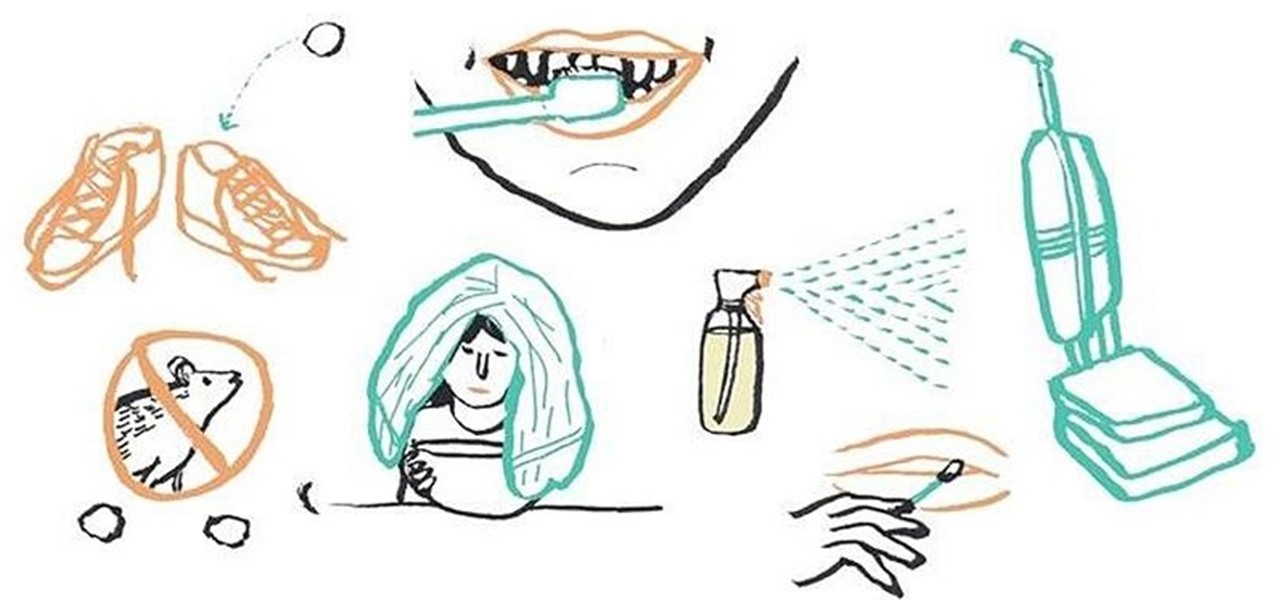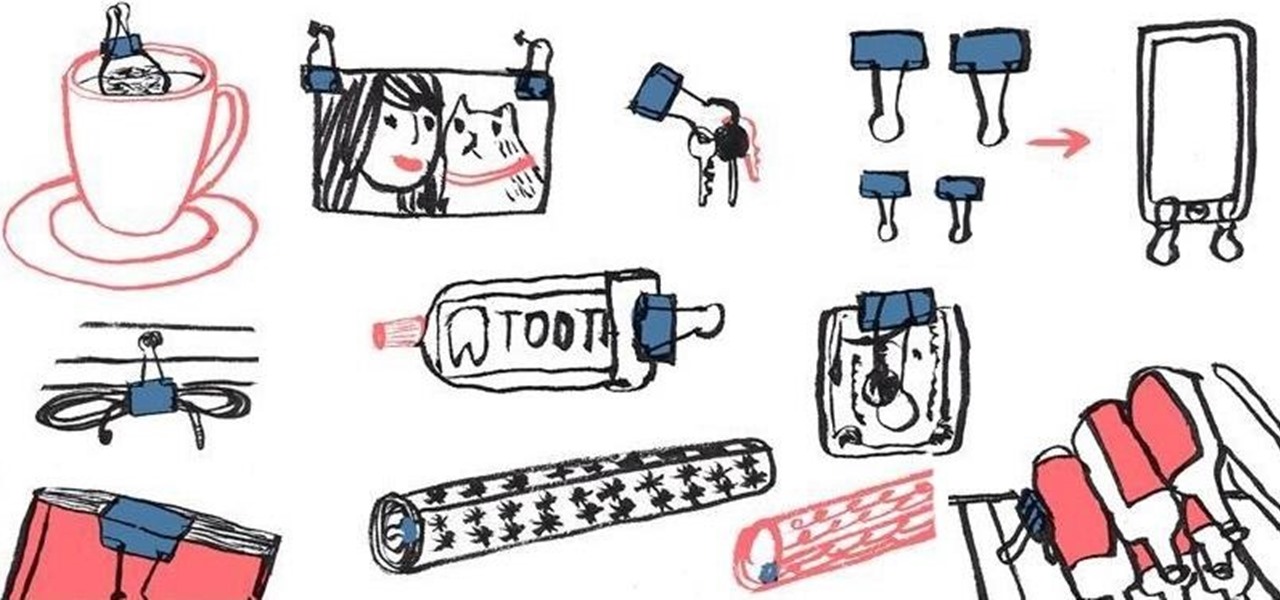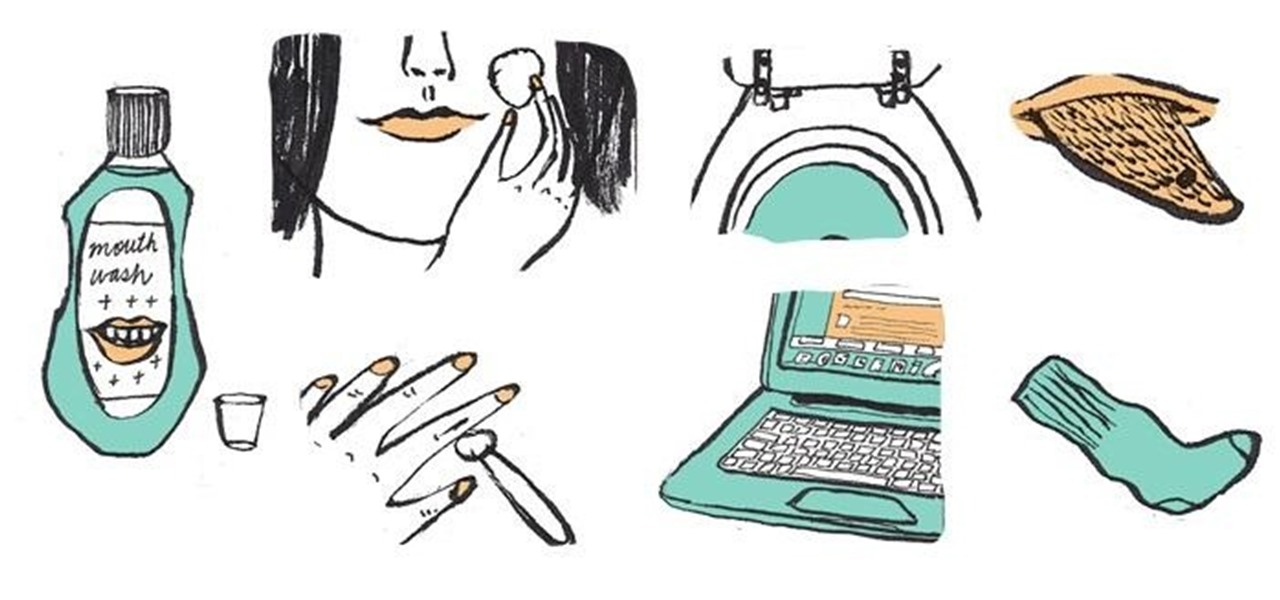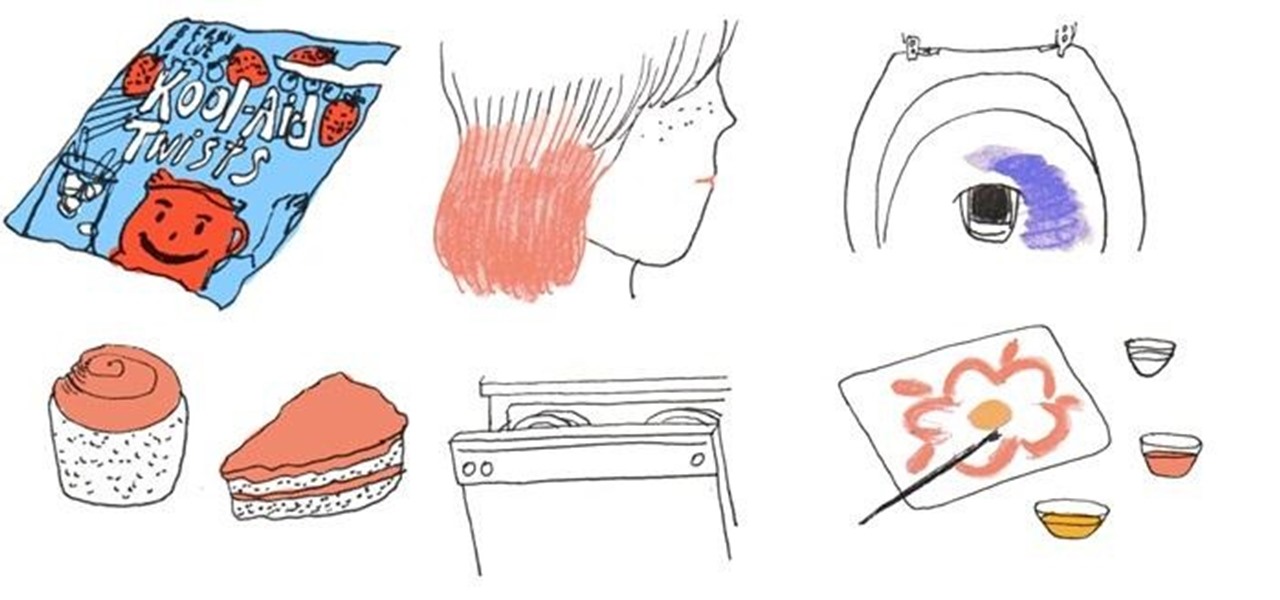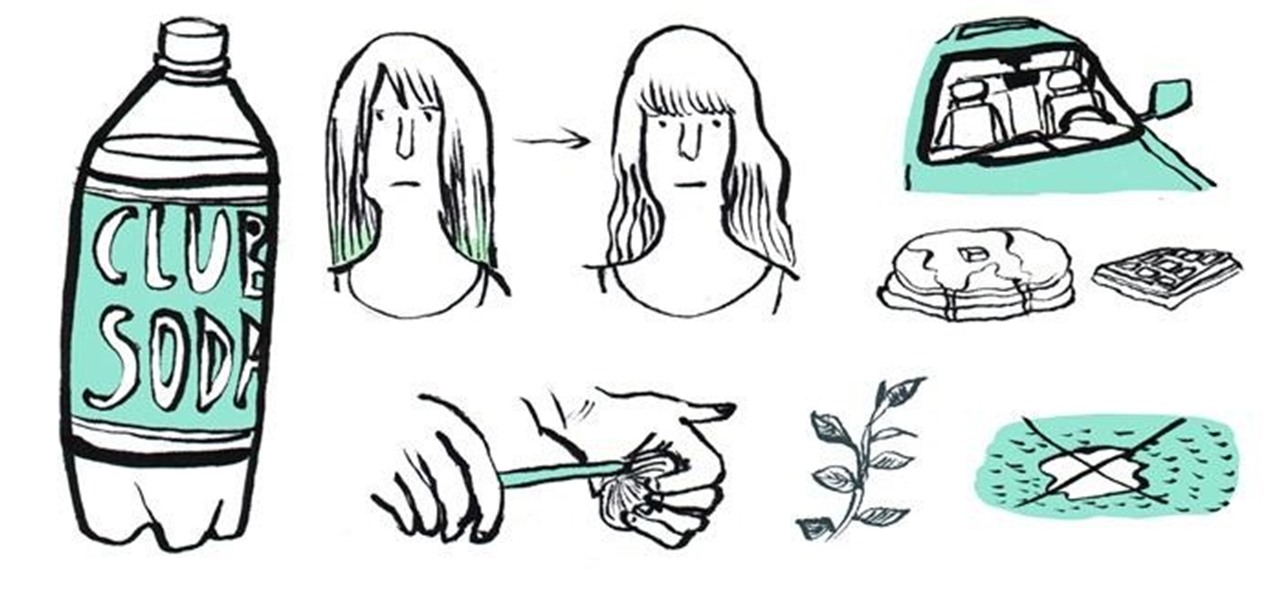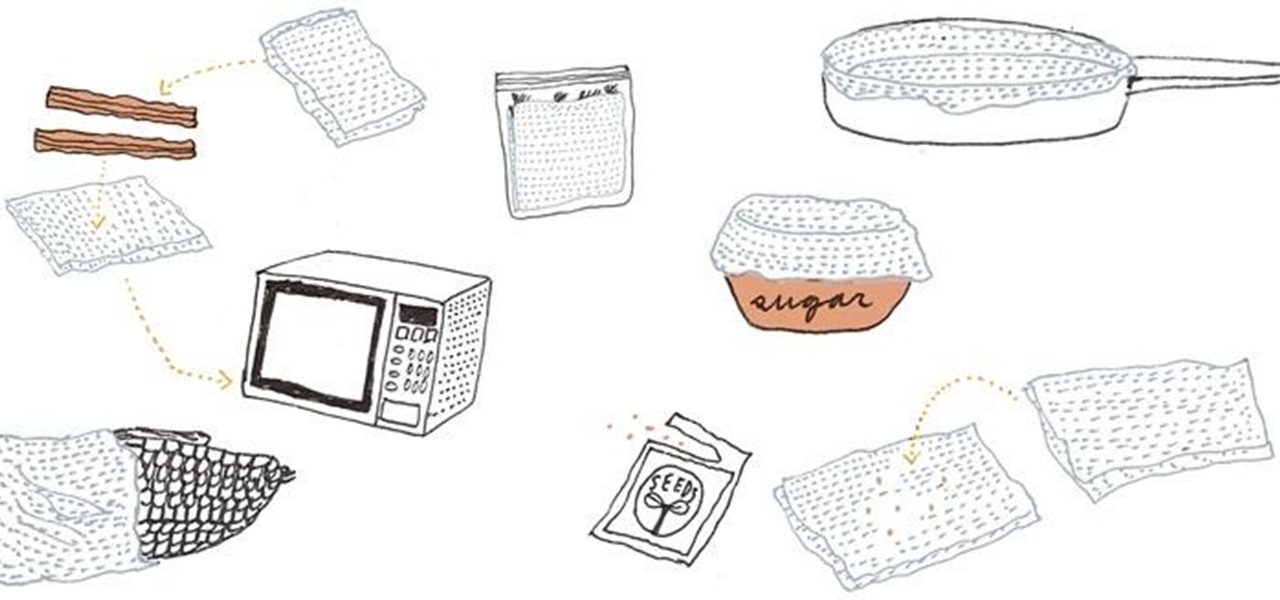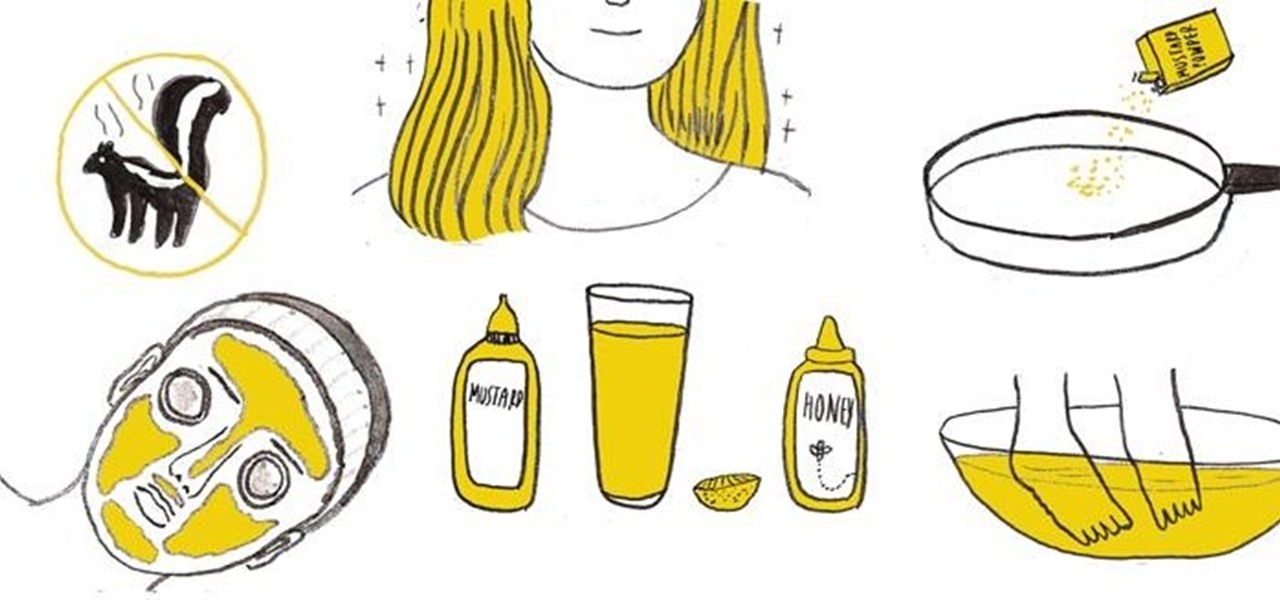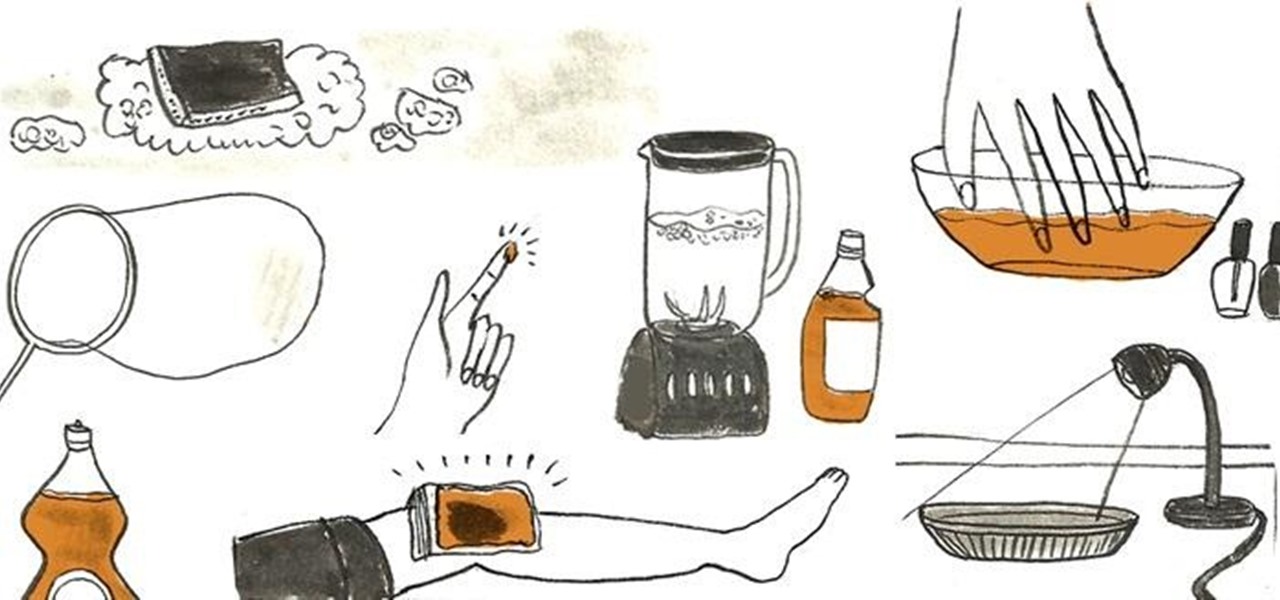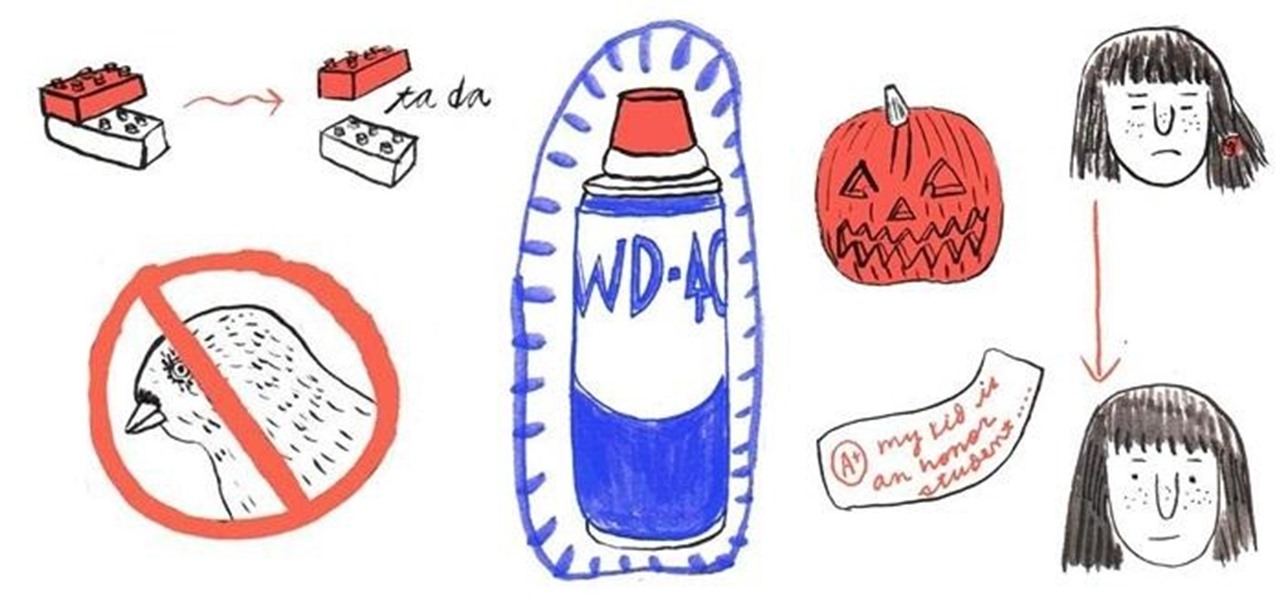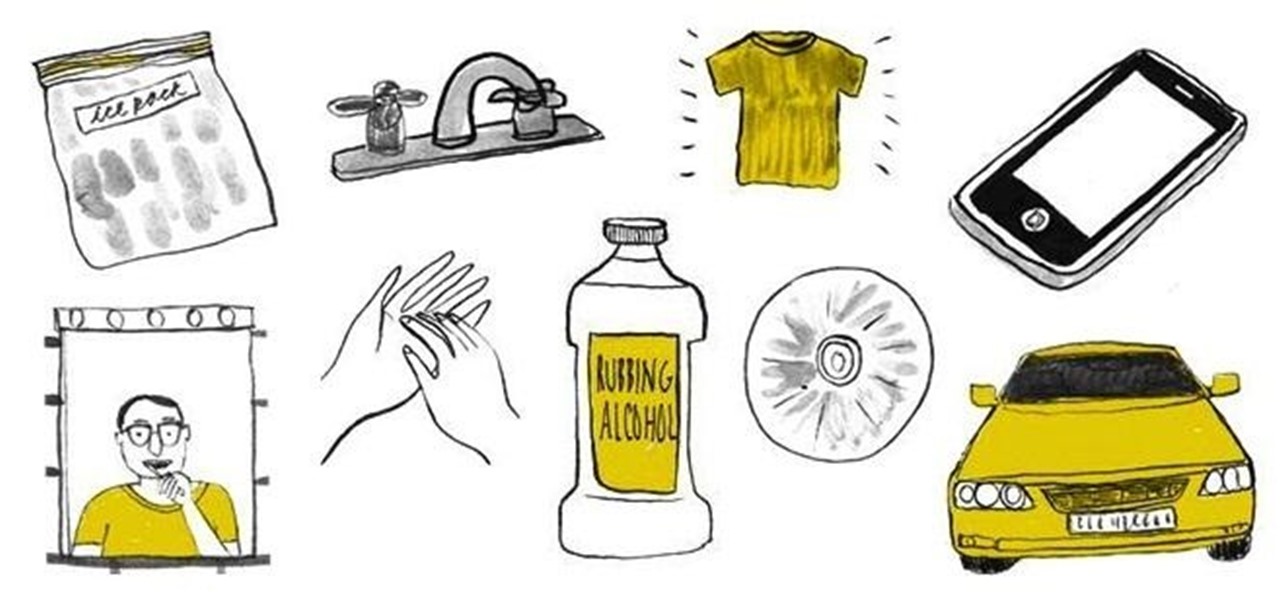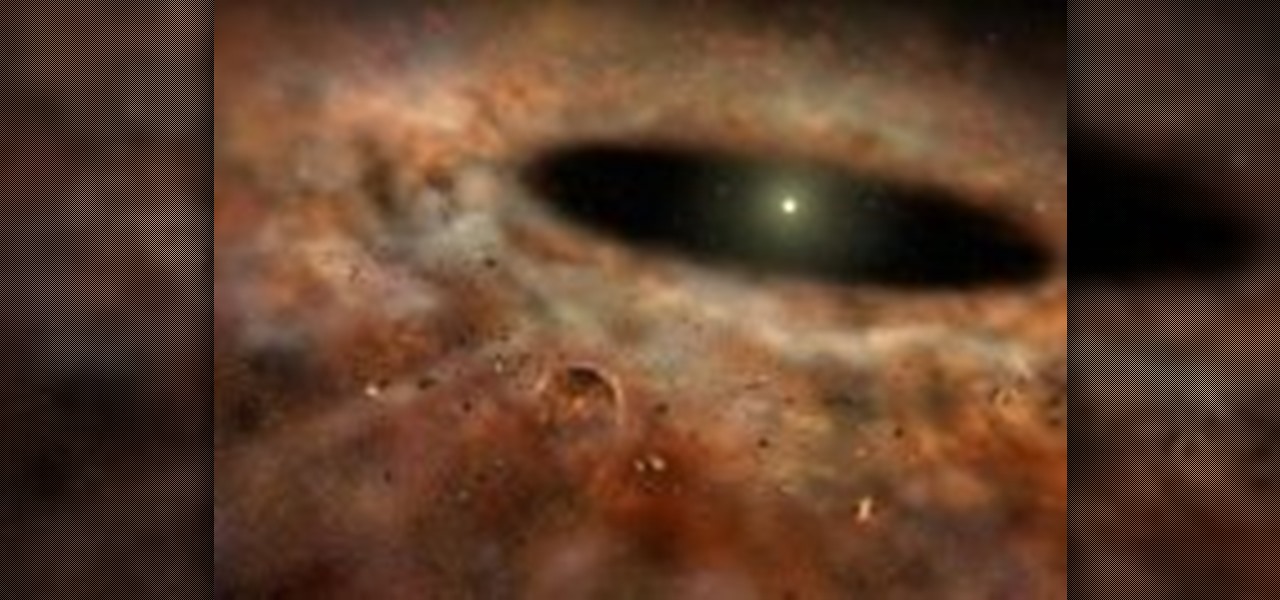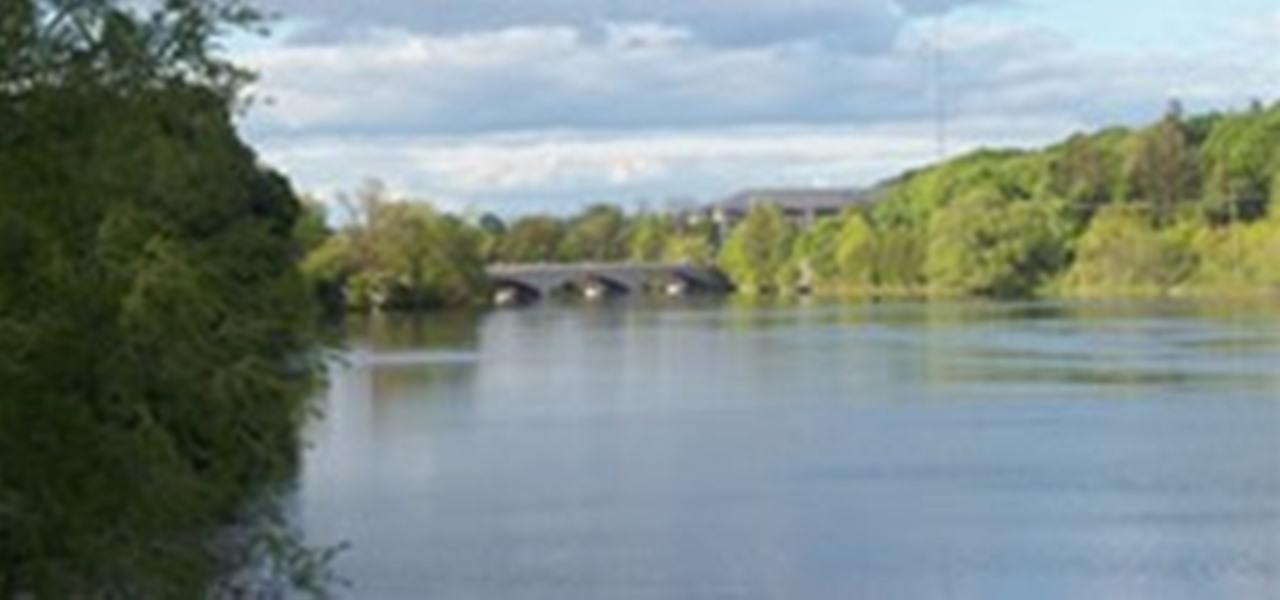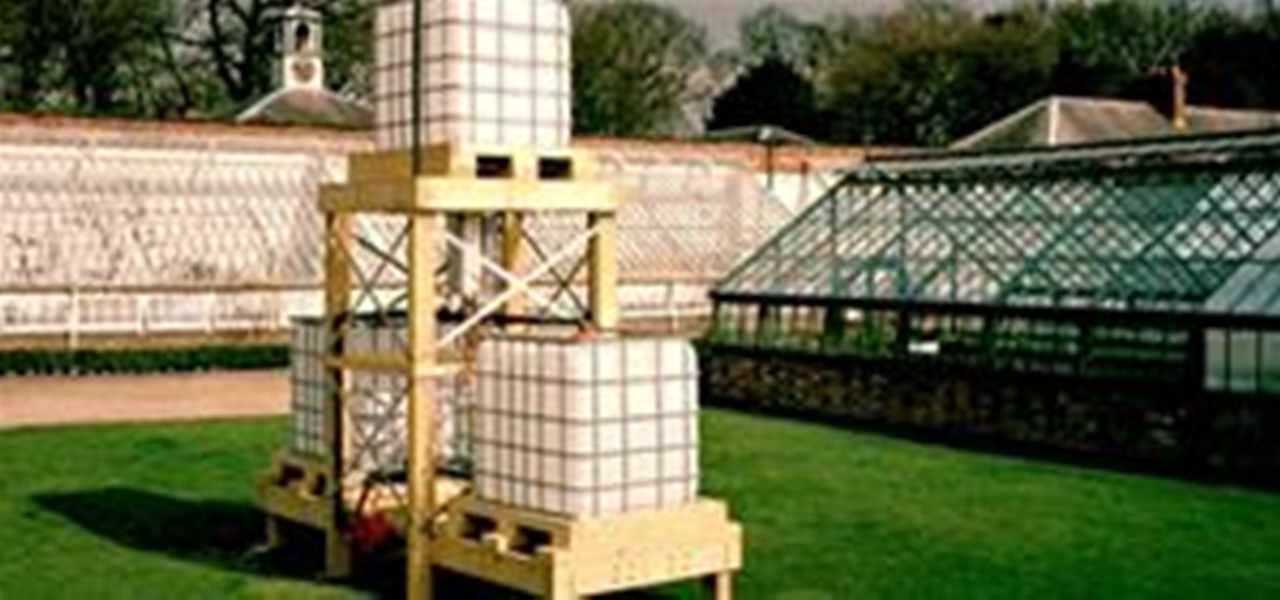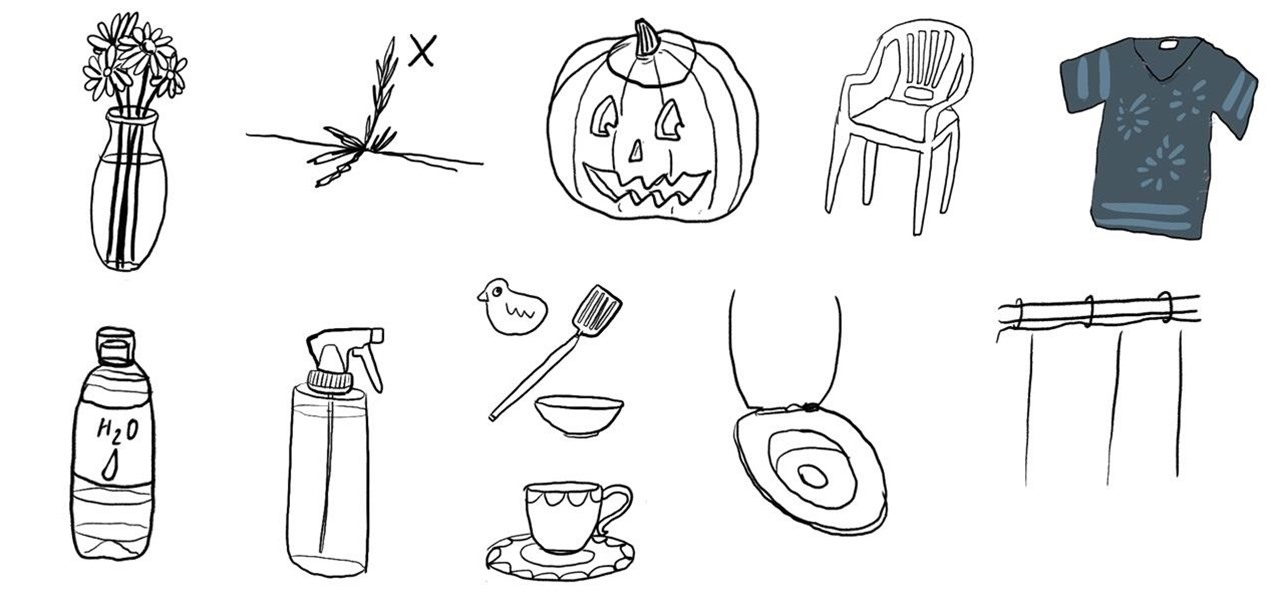
Commonly associated with cleaning and disinfecting items around the home, bleach can also be used as a water sterilization method in an emergency situation when you do not have access to clean, running water. Simply add 6 drops of bleach to a gallon of water and wait for 30 minutes before drinking.
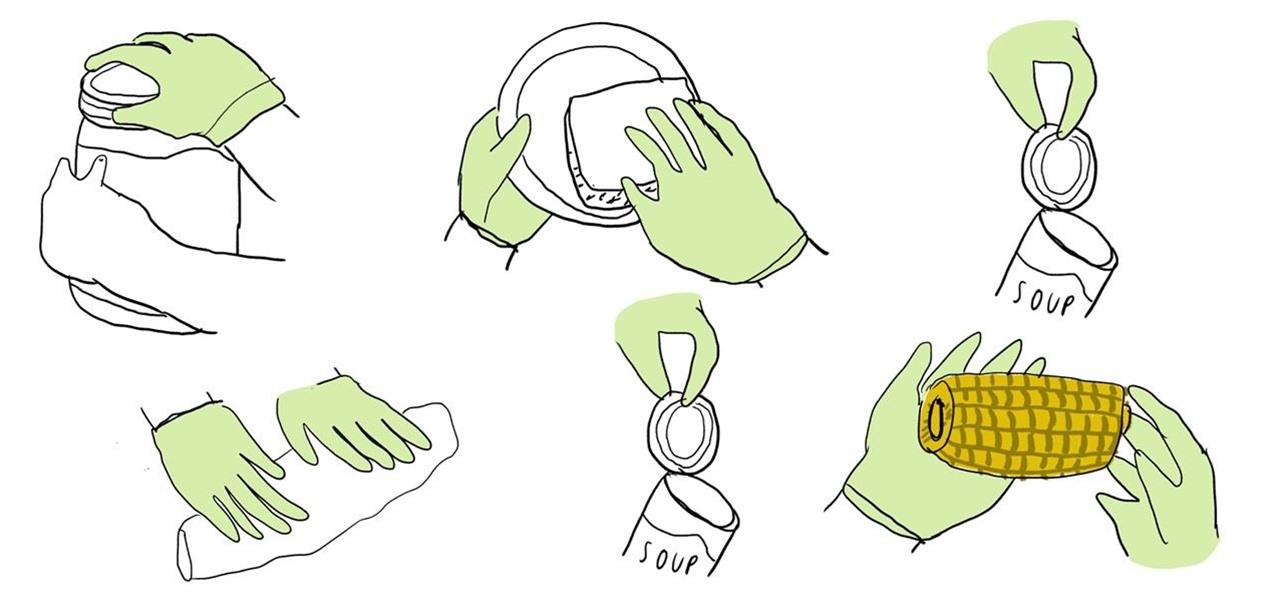
While medical exam gloves are commonly associated with hospitals and not the kitchen, they actually are unexpectedly useful for a number of cooking and cleaning uses that require handling extremely messy things.
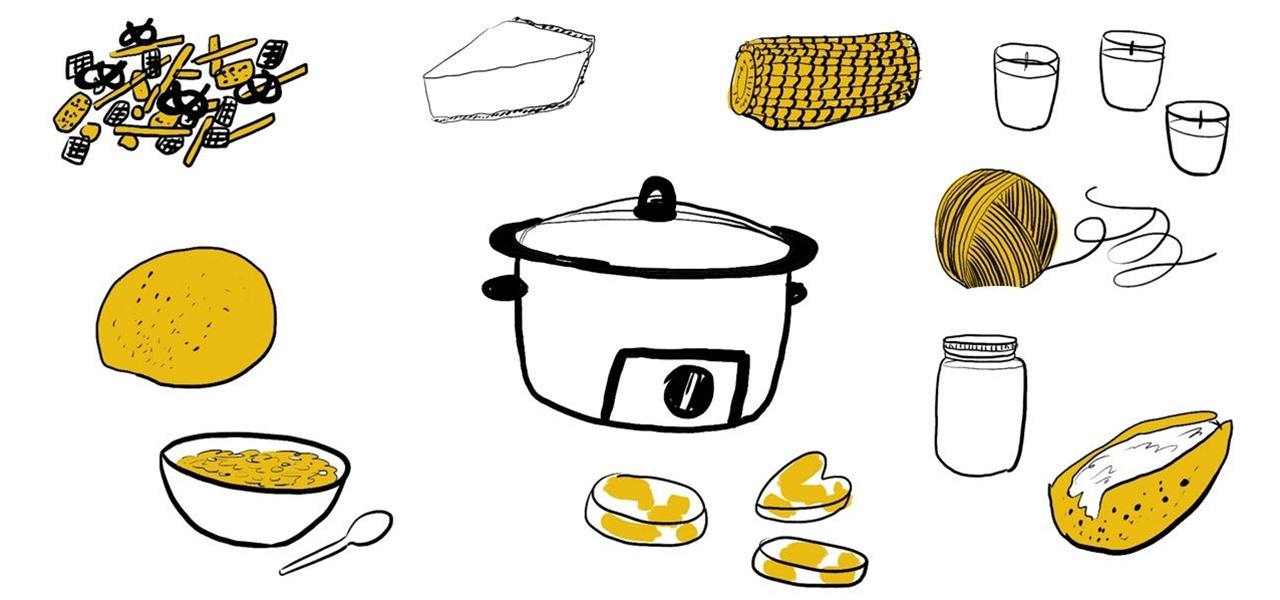
While crockpots are commonly used for making soups and stews or for slow-cooking meats, they are also surprisingly useful for making other foods that you may not associate with a slow cooker, such as brownies, bread, cheesecake, fruit butters, and even yogurt.
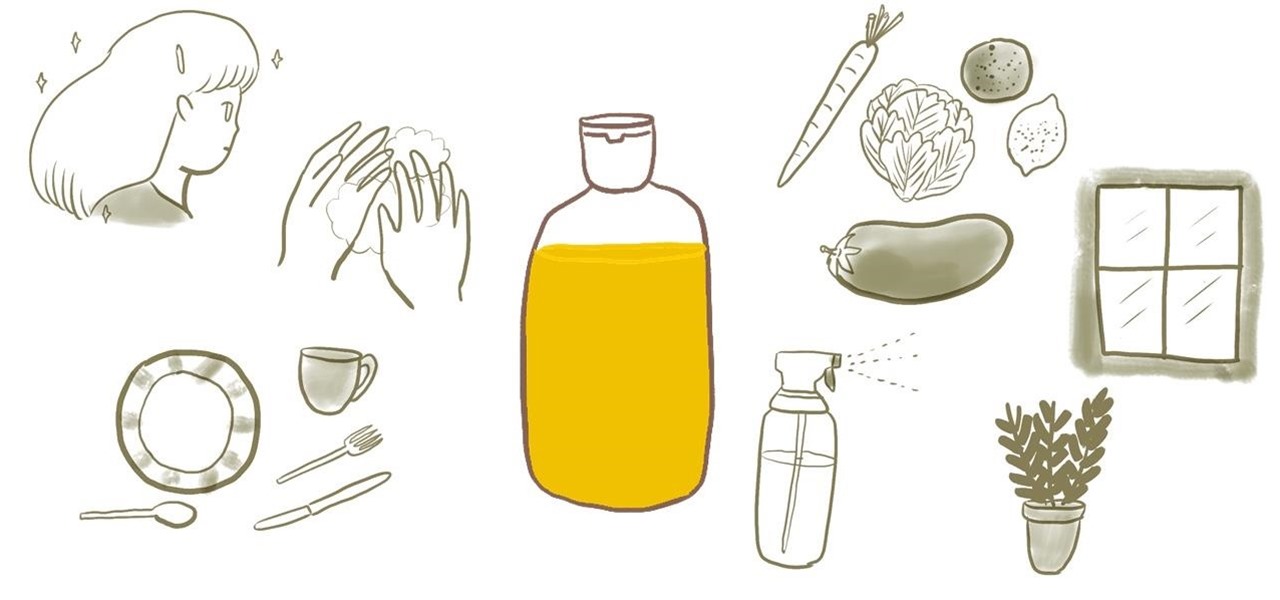
Castile soap is named for Castile, Spain, and is traditionally made from locally produced olive oil from the region. In current times, Castile soap refers to a category of soap that is made from 100 percent plant-based oils and does not include chemical detergents, making it a completely natural, biodegradable, and environmental-friendly product.
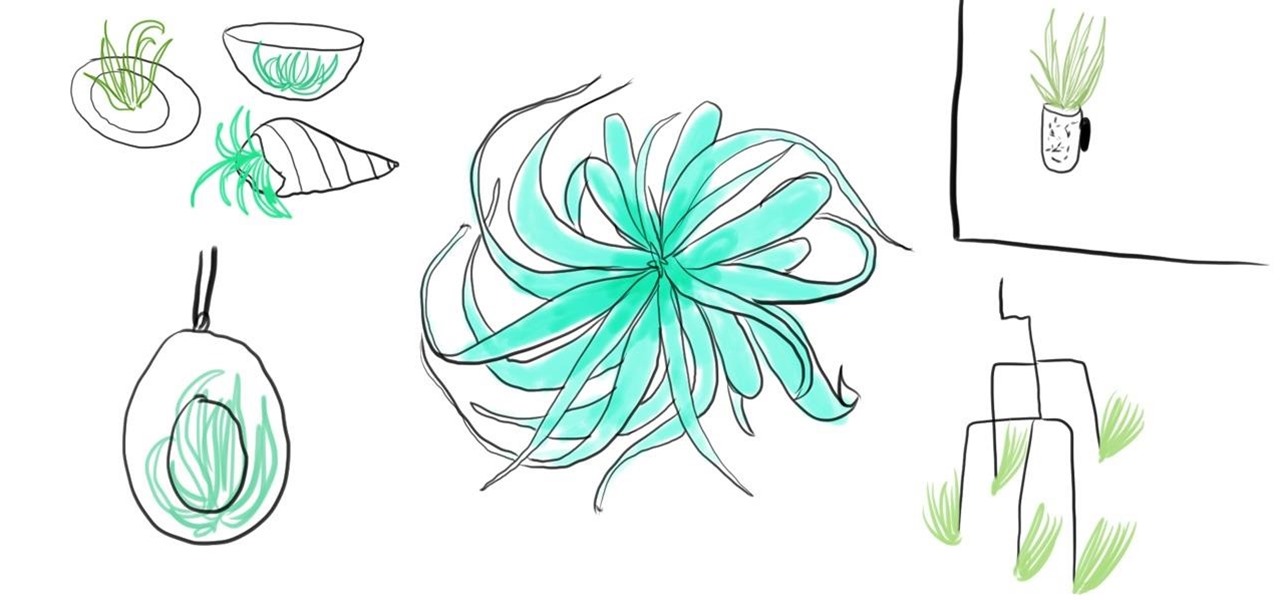
For a low-maintenance houseplant with infinite decorating possibilities, look no further than Tillandsia, an epiphytic genus commonly known as air plants. Air plants absorb moisture and nutrients through their leaves and do not need to be planted in soil to stay alive.
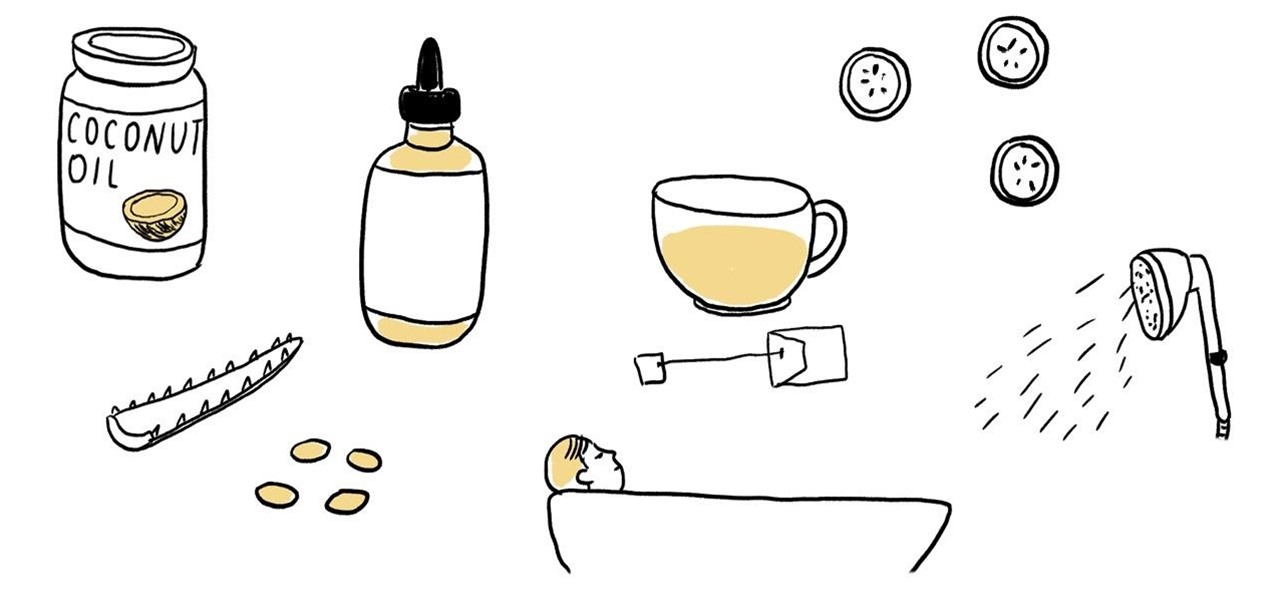
Eczema, which affects about 35 million adults living in the United States, is a chronic allergic condition in which the skin develops extremely itchy, scaly rashes and most commonly occurs on the face, scalp, inside of elbows, knees, ankles and hands.

Turmeric, the vibrant yellow spice commonly used in Southeast Asian cooking, can also be used outside of the kitchen to disinfect wounds, relieve burns, add an extra golden glow to facial moisturizer, and more.

Commonly found in the medicine aisle in grocery stores near the bandages, hydrogen peroxide is best known for disinfecting wounds, but it's also extremely useful for a number of cleaning and health uses, such as removing sweat and blood stains from clothes, disinfecting cutting boards, removing bacteria from your produce before consumption, and more.

Need an instant headache cure? Grab a pencil from your drawer of office supplies and bite down on it (but not too hard). Tension headaches commonly occur from overexerting your jaw muscles, and biting down on a pencil is a quick way to relax them.

Do you experience a pang of envy when you scroll through your Facebook news feed, Instagram home, or Twitter timeline and see all your friends doing super-awesome things that you weren't a part of? If you are like most people, then the answer is probably yes.

Need to scrub stubborn mineral deposits from your toilet bowl or leftover food gunk from your oven rack? Use a pumice stone, which will remove hardened material from the surface without leaving behind a scratch.

If you ever run out of shaving cream in the morning, just step over from your bathroom to the kitchen and use olive oil as a substitute. Not only does it save you a future trip to the drug store, it also helps moisturize your skin.

Commonly used for washing and scrubbing dirty dishes, the ubiquitous kitchen sponge can also be used to sprout seeds, loosen wallpaper, remove oil leaks, deodorize your fridge, and more.

Commonly associated with cleaning gunk out of your ears, cotton swabs, colloquially known under the brand name Q-tips, have a ton of other practical uses.

Commonly associated with classroom blackboards and sidewalk art, chalk can also be used to repel ants from invading your home, lift grease stains from clothes, prevent your tools from rusting, and hide your wall scrapes and nicks in a pinch.

Wax paper, a moisture-proof paper commonly used in the kitchen to keep food from sticking, can also be used to preserve maple leaves, keep bathroom fixtures spotless, line your refrigerator bins, funnel spices into small spice containers, and make re-corking unfinished wine bottles a cinch.

Cornstarch, a fine, powdery starch commonly used as a thickening agent for sauces and gravies, can also be used to remove ink stains from the carpet, detangle stubborn knots, silence your squeaky floorboards, and give your pooch a dry shampoo.

An essential oil is a concentrated hydrophobic liquid containing volatile aroma compounds from plants. Commonly used for aromatherapy purposes, essential oils can also be used to remove sticker gunk, make your room smell nice while vacuuming, concoct DIY toothpaste, deter rodents from hanging out in your house, and more.

Office binder clips, commonly used for binding together thick stacks of computer paper, can also be used as a bookmark, money clip, picture hanger, boots hanger, cable organizer, and more.

Mouthwash, the liquid concoction commonly used for giving the inside of your mouth a thorough cleaning after brushing, is also not surprisingly useful for making things clean and bacteria-free. Like minor cuts and wounds. Or your toilet bowl. Or your toothbrush. Or your garbage disposal. Or your super-smelly gym socks.

Kool-Aid, the flavored mix powder, commonly used to make sugary and fruity cold drinks in the summertime, is also unexpectedly useful around the home to clean your rusty dishwasher, remove rust stains from concrete, and check to see if your toilet tank is leaking.

Want to make your homemade pancakes and waffles fluffier? To enjoy a restaurant-quality breakfast, simply replace liquids used in the recipe with club soda.

Paper towels are great for absorbing your kitchen spills, but did you know that they're also perfect for cooking bacon in the microwave? Simply place bacon side-by-side on a layer of two paper towels and place two more paper towels on top of the bacon. Zap in the microwave at 1-minute interval for 3-4 minutes until desired crispiness is reached. No greasy pan-cleaning to worry about afterwards.

Plain yellow mustard, most commonly used for adding an extra zing of flavor to your ballpark hot dog, also contains potent medicinal properties that is perfect for relieving your sore throat, relaxing your sore back muscles and decreasing the intensity of your headache.

Bored of using your bottle of dishwashing soap for just washing dishes? You're in luck. Not surprisingly, the soapy liquid commonly used for removing stubborn food build-up from your eating utensils can also be used as a general cleaner for washing windows, removing clothing and carpet stains, and cleaning your blender without taking it apart. For more unusual uses, dishwashing liquid is surprisingly useful for prepping your nails before a manicure and can even be used to kill fleas.

Originally invented in the 1950s to develop a rust-preventing solvent and degreaser for the aerospace industry, WD-40 spray has at least 2,000 practical uses for house-cleaning, gardening, furniture maintenance, farming, and more. Commonly used to repel water and prevent corrosion, WD-40 can also be used to help lubricate stuck objects (like zippers and LEGO parts), make shovels slippier for more efficient use, and even keep pigeons from pooping on your balcony.

If rubbing alcohol is commonly used to treat minor scrapes and disinfect surgical instruments in hospitals, then you might as well use its medicinal qualities to also disinfect your cell phone and mix with aloe vera gel to make your very own DIY hand sanitizer.

Observations of a distant dust-filled solar system have shed light on the process of planet formation.

You know that tingly spidey feeling you sometimes get urging you to make a crazy career change or warning you against trusting a smooth-talker with your money? Commonly referred to as your gut instinct, intuition or sixth sense, your ability to subconsciously know something or suspect something beyond the realm of conscious reasoning can help you in all aspects of your life, from interpersonal relationships to big life decisions.

Neuroscience (live!) resumes its 50 hour slicing session 8:00 am PST this morning. According to Gizmodo,

With Facebook and Twitter dominating the world, playing chess opposite a real, touchable person is no longer necessary. With the ChessBot, you can now play on a real chessboard remotely - the next best thing to in-person play.

Remember the future? It was supposed to be flying cars, 3D virtual worlds and pill-form meals. And the hologram. That Star Wars relic.

Check out this lesson in KhoeKhoegowab, the Namibian language commonly referred to as Click

Through Thursday, January 20th, Borders is offering the Kobo Wireless eReader for $99 with coupon—that's $40 off its typical retail price of $139! Though the Kobo comes preloaded with 100 out-of-copyright classics, new users will nevertheless be interested in filling their new eReaders with their own books.

Scrabble Bingo of the Day: * FINNESKO [n/pl.] A finnesko is a boot made of tanned reindeer skin, with the reindeer's fur on the outside. It's an especially good, warm boot for subarctic regions. These boots originate from the Sami, indigenous people from the cultural region of Sápmi, located across four countries in the Arctic Circle; Norway, Sweden, Finland, and Russia. This area is also referred to as Fennoscandia.

REAPHOOK n pl. -S an implement used in reaping 67 points (17 points without the bingo)

FEAZING 70 points (20 points without the bingo) Definition: fazing; disturbing the composure of [present participle of feaze]

ISOPLETH 63 points (13 points without the bingo) Definition: a type of isogram [n]

CRISIS MANAGEMENT PLAN A FORM TO FILL OUT FOR WHEN CRISES ENTER YOUR WORLD

Artist Austin Houldsworth of the UK has come up with a device that drastically speeds up the process of fossilisation. Entitled Two Million & 1AD, Houldsworth is capable of creating a fossil in a few months (which otherwise might require thousands of years). Houldsworth is currently experimenting with objects such as a pineapple and phesant, but ultimately hopes to fossilize a human. Houldsworth proposes:








